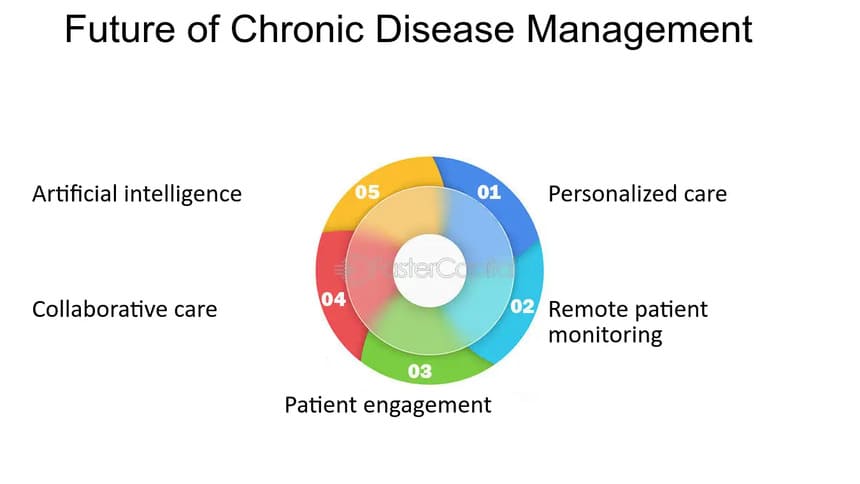
Microbiology
Microbiology is the study of microorganisms, those being unicellular (single cell), multicellular (cell colony), or acellular (lacking cells). Microbiology encompasses numerous sub-disciplines including virology, bacteriology, protistology, mycology, immunology and parasitology.
Eukaryotic microorganisms possess membrane-bound organelles and include fungi and protists, whereas prokaryotic organisms—all of which are microorganisms—are conventionally classified as lacking membrane-bound organelles and include Bacteria and Archaea. Microbiologists traditionally relied on culture, staining, and microscopy. However, less than 1% of the microorganisms present in common environments can be cultured in isolation using current means. Microbiologists often rely on molecular biology tools such as DNA sequence based identification, for example the 16S rRNA gene sequence used for bacteria identification.
Viruses have been variably classified as organisms, as they have been considered either as very simple microorganisms or very complex molecules. Prions, never considered as microorganisms, have been investigated by virologists, however, as the clinical effects traced to them were originally presumed due to chronic viral infections, and virologists took search—discovering "infectious proteins".
Microbiology is the study of all living organisms that are
too small to be visible with the naked eye. This includes bacteria, archaea,
viruses, fungi, prions, protozoa and algae, collectively known as 'microbes'.
These microbes play key roles in nutrient cycling,
biodegradation/biodeterioration, climate change, food spoilage, the cause and
control of disease, and biotechnology. Thanks to their versatility, microbes
can be put to work in many ways: making life-saving drugs, the manufacture of
biofuels, cleaning up pollution, and producing/processing food and drink.
- Molecular Biology
- Virology
- Microbial Physiology
- Analytical Biochemistry
- Cell Biology
- Enzyme Technology
- Biostatistics
- Immunology
- Mycology
- Inheritance Biology
- Food Microbiology
- Industrial Microbiology
- Research Methodology
- Pharmacology
- Recombinant DNA Technology
- Medical Bacteriology
- Environmental and Agricultural Microbiology
Recent Published
Submit Manuscript
To give your manuscript the best chance of publication, follow these policies and formatting guidelines.


